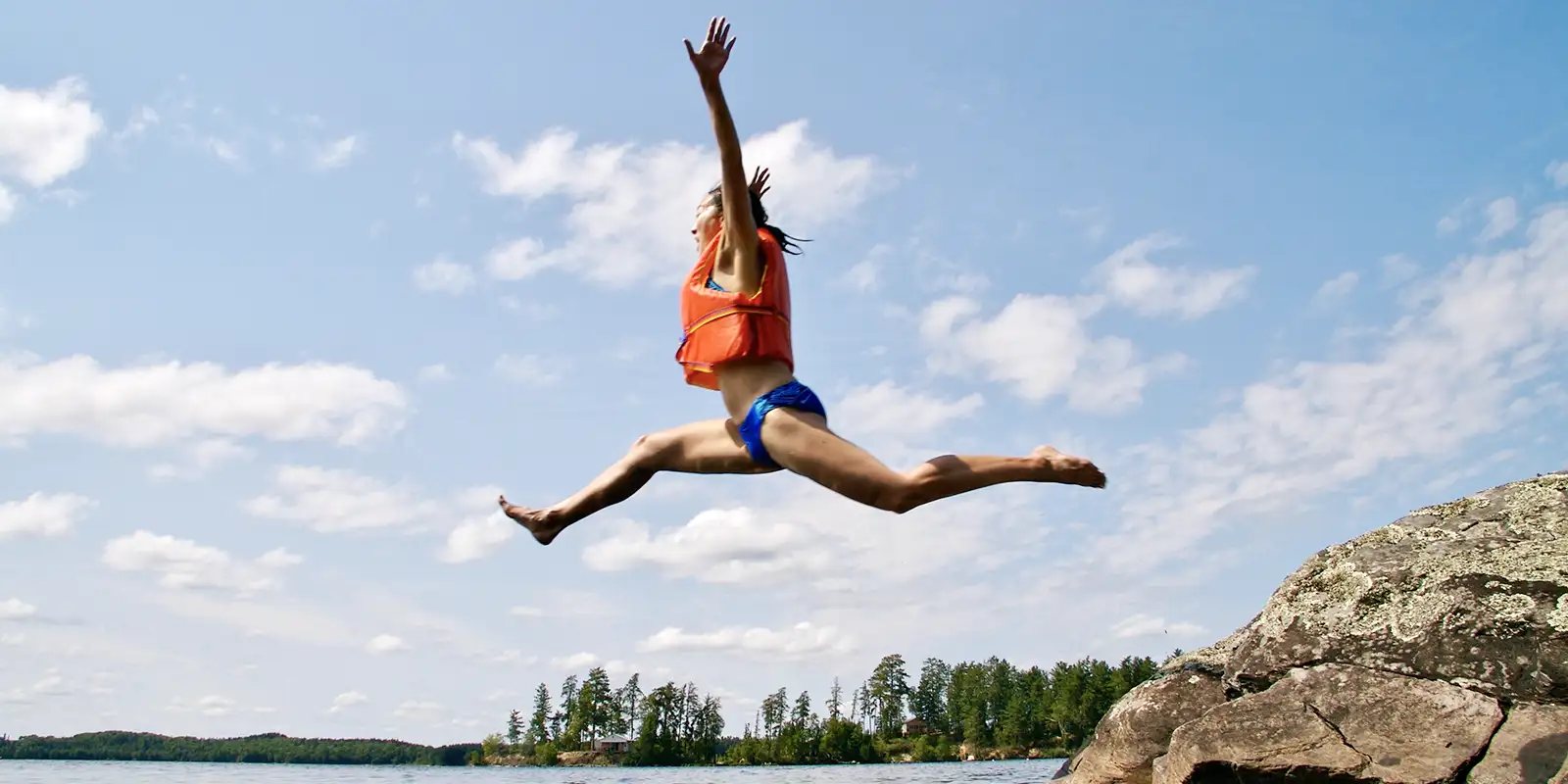Life jackets, life vests, and ski vests are known as Personal Flotation Devices, or “PDFs”. There is more to know about them other than higher quality and price means a better product. The purpose of a PFD is to save lives and to keep people out of danger, as in children are required to wear PFDs on boats in all 50 states, though the ages range from 6 and under to 17 and under.
What Are Life Jackets Made to Do?
A PDF’s main function is to keep the head and chin above water, prevent exhaustion, and help turn a person into a face-up position, but there is no guarantee that they will protect someone who is unconscious in the proper position. In 2017, the U.S. Coast Guard (USCG) reported that 80% of the drowning fatalities would have been prevented if the victims had been wearing life jackets. An average-sized adult needs 7 to12 pounds per buoyancy.
Carry Life-Saving Gear in Your Life Jacket
Rescue crews use high-tech night vision technology, but they do not detect certain LED lights. If you go overboard at night, you need a USCG waterproof strobe light attached to your PDF. In the daytime, a signal mirror can alert other boaters. Glass works better than plastic, but using signal mirrors takes practice. They can attract a searching vessel or helicopter from miles away. Carry a loud whistle. A Bic lighter and trick birthday candles that won’t blow out make a compact, waterproof fire-starting kit in case you end up freezing on shore.
Fitting Your Life Jackets
PDFs need to be the appropriate size for the intended user, designed for the intended activity, in good condition, and USCG approved to meet carriage requirements. Labels give information for user weight and chest size. A well-fitting PDF is secure, comfortable, and adjustable, and in the water, ensures your airway is clear. A loose-fitting PDF can slip off.
Body type can affect how it floats. Oversized PDFs will cause it to push up around your face and that could prevent air into airways. You should have no excess room above the arm and neck openings. Raise your arms above your head and ask someone to grab the arm openings. The PDF should not ride up over your chin or face. Undersized PDFs may not keep you afloat. Check zippers and buckles to make sure they work properly.
What Are Life Jackets Filled With?
We began using life jackets in the mid-1800s. Before 1900, manufacturers filled life jackets with cork, balsa wood, or kapok. Kapok is a natural fiber from the rainforest tree, the kapok or ceiba pentandra tree. Life jacket technology began developing throughout the 20th century, going through the uncomfortable horseshoe design that wrapped around necks and various textiles, like vinyl or nylon coverings with different fillings.
PDFs are categorized by pound per buoyancy, the amount of the force in pounds needed to keep a person’s head and chin afloat above water. Standard PDFs are nylon encased closed-cell foam or foamed plastics of polyvinyl chloride or polyethylene. Inflatable PDF fillings are made of CO2 cylinders encased in zinc plating with a chromate layer.
Types of PDFs
There are five types of PDFs, each with a different purpose, from Type I to Type IV. Some styles of lifejackets are not made for weak or non-swimmers. They come in different jacket styles, including belt pack, suspender or stole, and vest. They come in many variations of colors and sizes. The USCG does not approve of Inflatable PDFs because you cannot activate them if you are unconscious.
Type I: Offshore Life Jackets
Type I PDFs provide the highest degree of protection, are designed for when rescue may take time, and are non-inflatable. They are bulkier because of their extra padding, fabric, and foam. Type I PDFs are used for offshore fishing, sailing alone, and water sports most often. They are USCG approved.
Type II: Near-Shore Vests
Type II PDFs are designed for when a timely rescue is realistic, comfortable, and versatile. They are good for long cruises on the water. They come in inflatable and non-inflatable models. Type II inflatable PDFs are not recommended for ages under 16.
Type III: Floatation Aids
Type III PDFs are used for canoeing, kayaking, personal watercraft users, supervised water sports, and activities near the shore. They come in inflatable and non-inflatable models. They can include features like drop-down pockets for fishing, reflection tape for visibility, and ventilation.
Type IV: Throwable Devices
Type IV PDFs are also called boat cushions. You do not wear them. They are mandatory boat emergency flotation devices. Boaters need to place them near a boat’s edge within arm’s reach to throw to someone conscious if they have fallen overboard. They are inflatable and come in CO2, pull-tab activation, or water-activation options. They are light and compact.
Type V: Special Use Devices
Type V PDFs attach to decks, sailboard harnesses, paddling vests, wetsuits and other gear. They are inflatable come in CO2, pull-tab activation, or water-activation options. They are light and compact.
Hybrid PDFs
Hybrid PDF options function with natural buoyancy and manual inflation. Generally, the outer shell is made from nylon or vinyl material and partially made from foam with an inflation system.
Do Not Use Old or Damaged Life Jackets
Never use old, damaged PDFs. Check PDFs for holes, rips, and tears often and replace them. Make sure the seams, fabric straps, and hardware are secure. Yank on the belts and tie tapes with a quick, hard pull to make sure they are secure. There should be no shrinkage of the buoyant materials or mildew odors. The same goes for inflatable and hybrid PDFs, plus check for leaks, mildew, lumpy or hardened buoyancy material, and oil saturation in the fabric.







